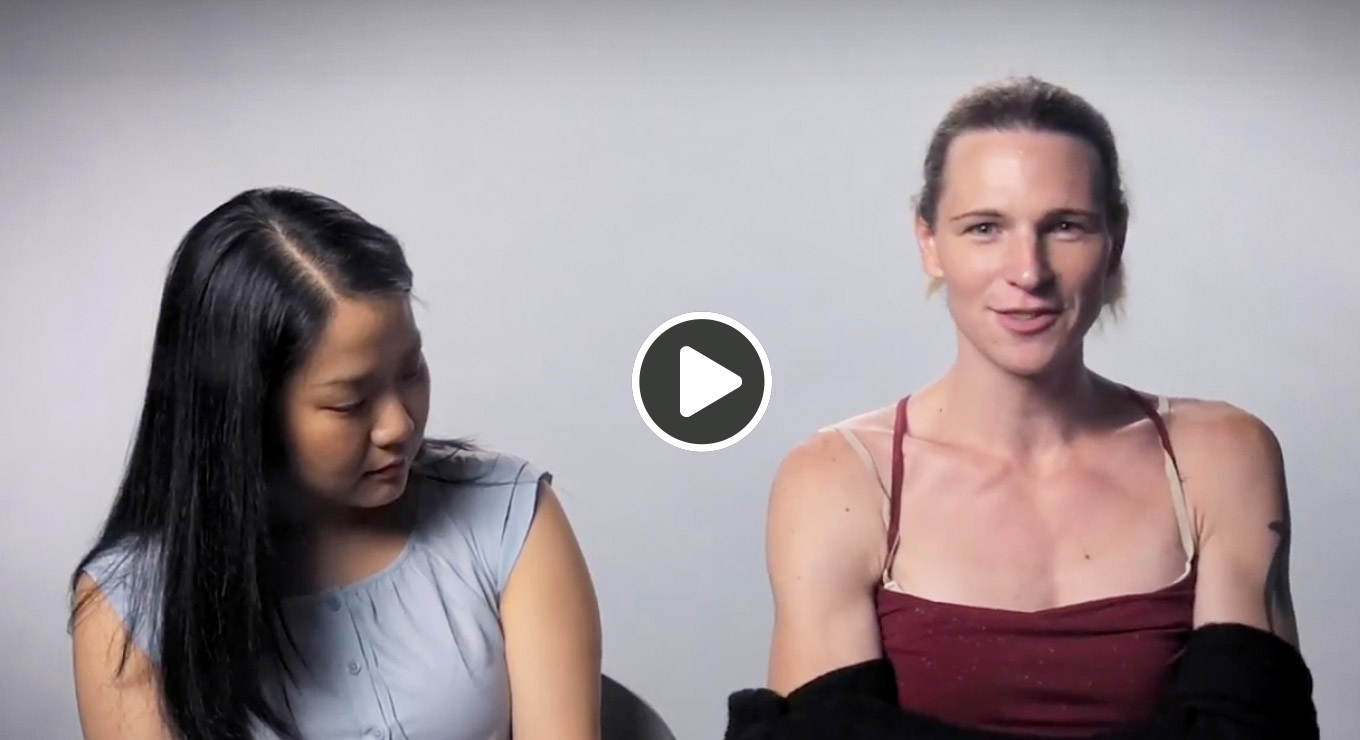National Recovery Month
Learn about substance use disorder and what is being done to fight the opioid epidemic
September is Recovery Month, a national event to increase awareness and understanding of substance use disorders and mental health, as well as celebrate people who are in recovery.
Heroin and other opioids continue to be the most common cause of drug overdose deaths in King County and the United States. Overdose from synthetic opioids, like fentanyl, result in more deaths than any other opioid. Opioid use disorder, sometimes called opioid addiction, is a medical condition in which the brain is physically changed so that it craves opioids. These strong cravings drive an individual’s behavior in ways that are often risky, harmful or deadly. For someone who has this disorder, going without opioids makes them very sick. The widespread increase of opioid use disorders is a serious national crisis.
How did we get here?
The National Institute on Drug Abuse found that in the late 1990s, drug companies told health care providers that opioid medicines were not addictive, when in fact they are highly addictive. Thinking they were not addictive, health care providers began to prescribe them much more often. This led to the dramatic increase of people becoming addicted to opioid pain medicine, heroin and man-made opioids such as fentanyl.
The CDC reports that more than 33,000 Americans died as a result of an opioid overdose in 2015. That same year, an estimated 2 million people in the United States suffered from substance use disorders (SUDs) related to prescription opioid pain relievers, and almost 600,000 people suffered from heroin addiction.
Harm reduction measures
In addition to prevention and education about SUDs, King County health care providers and community leaders are working together to create programs to keep people alive and improve their health. Here are three examples of ways that community partners in King County are working to prevent opioid drug overdoses and make substance use disorder treatment accessible:
Access to naloxone: an overdose reversal drug
According to Public Health—Seattle & King County, the prescription overdose reversal drug, naloxone (Narcan is the nasal spray brand) has prevented more than 2,300 overdose deaths in the Seattle area. Any health care provider can prescribe naloxone, and any pharmacy can fill the prescription. People can also get prescriptions directly from many pharmacies without visiting a doctor first. These pharmacies can also provide training on how to use it. Visit http://stopoverdose.org/ to find a full list of pharmacies that can prescribe naloxone.
It is important to note that while naloxone can save the life of someone who is overdosing, medical care is still necessary. If someone shows symptoms of an overdose, such as labored breathing, blue lips, pale skin or inability to speak, call 911 immediately.
Needle exchange sites
These programs, operated by Public Health and nonprofits, are another public health service that reduce the harmful effects of drugs injected through a needle. These sites allow people who inject drugs to exchange their used needles for new, clean needles. The needle exchange program is an important piece of a comprehensive set of public health programs to reduce the spread of diseases like HIV and hepatitis. They also help prevent skin infections associated with needle use and help keep used needles off the street. These sites also offer users easy, immediate access to treatment. Many needle exchange programs also distribute naloxone to help prevent death from overdose. There are seven needle exchange sites in King County; visit www.kingcounty.gov/needle to find a full list of locations and hours.
Accessible treatment
There is an increase in programs in King County to make treatment more accessible, particularly medication for opioid use disorder (MOUD). Research shows that the most effective forms of treatment for opioid use disorders include one of three types of medications: methadone, buprenorphine (commonly referred to by the brand name Suboxone), or extended-release naltrexone (brand name Vivitrol). These medications are very effective in supporting recovery and preventing people from going back to using opioids.
Low-barrier access to buprenorphine is becoming more available in King County, which means people are able to meet with a medical provider and begin treatment as soon as patients decide they are ready to make a change. This can include getting prescriptions for MOUD at their first appointment and/or removing other barriers to treatment, such as being required to stop all other drug use before receiving treatment. Contact the Washington Recovery Hotline at 1-866-789-1511 to learn more about treatment options.
No easy answers
The opioid crisis is the symptom of a bigger problem. In order to end opioid use disorder, the issues driving people to drug use, including homelessness, poverty, discrimination and lack of access to health care, must be addressed.
If you or someone you know wants to get treatment for opioid use, there are places with the resources to help. Neighborcare Health, Evergreen Treatment Services, Valley Cities, Public Health—Seattle & King County, Seattle Indian Health Board and many other organizations throughout Seattle offer medication for opioid use disorder and other services for treating opioid use and other substance use disorders.
How can you help?
- Turn in unused and expired medications at a secure medicine return box (Seattle collection locations: https://kingcountysecuremedicinereturn.org/seattle/).
- Talk to friends and family about opioid use. With the right help and support, people can recover.
- If you or someone you know may need help, call the Washington Recovery Hotline at 1-866-789-1511 or visit http://stopoverdose.org/.
Photo license: https://creativecommons.org/publicdomain/zero/1.0/deed.en
